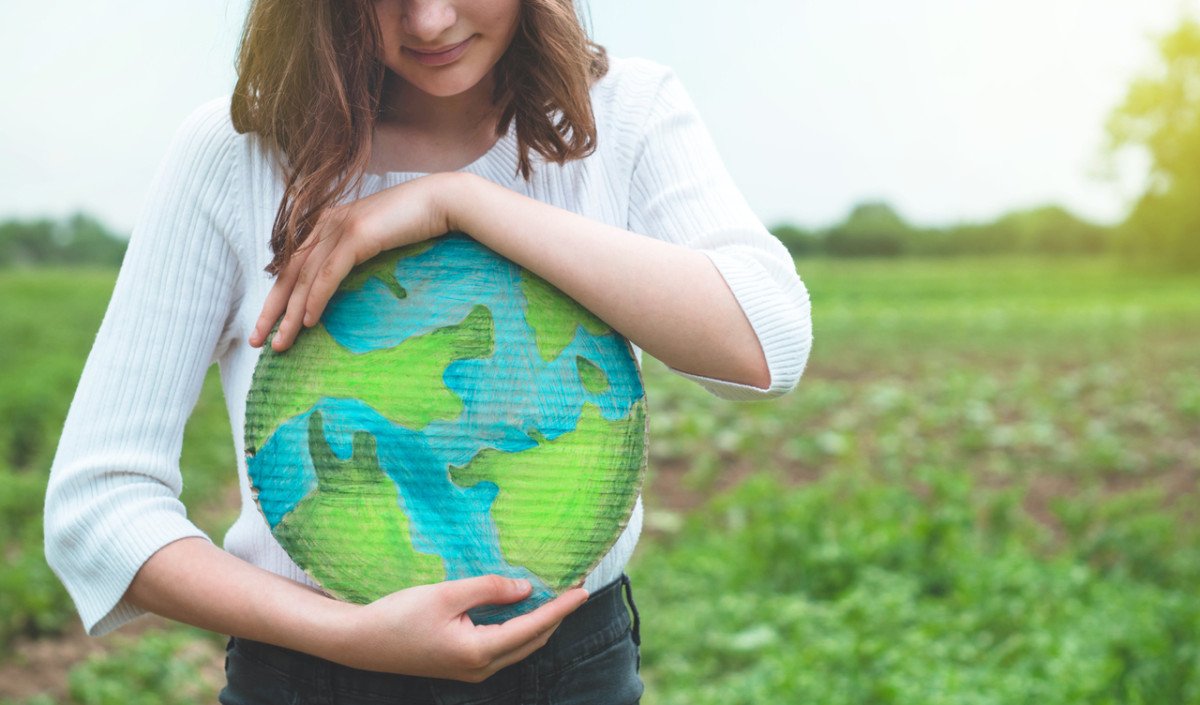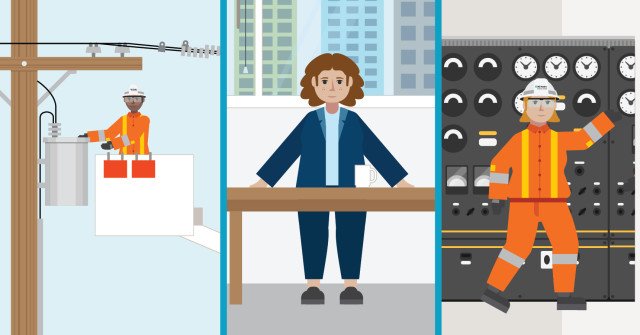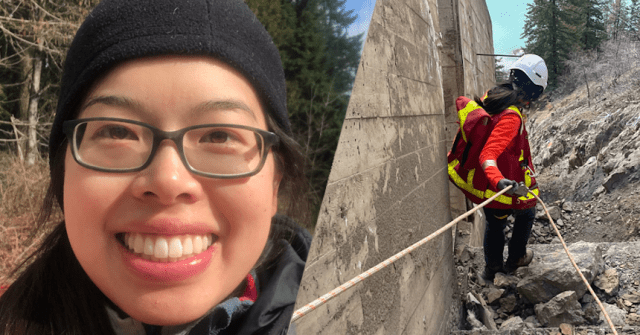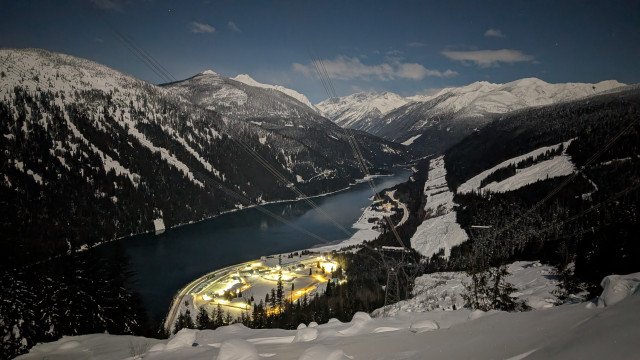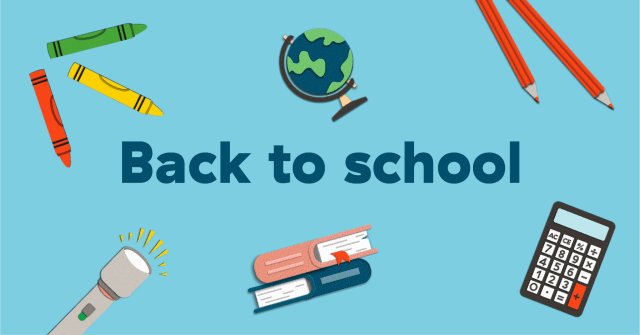Over the last few years, more and more evidence of climate change has been appearing all around us. Even here in B.C., we’ve experienced incredible heatwaves, floods, and wildfires.
In August 2021, right after B.C.’s three highest-ever recorded temperatures occurred on three consecutive days, the IPCC made news with their report on climate change. It delivered powerful scientific evidence about our current situation and illustrated a number of future scenarios showing how different levels of CO2 and greenhouse gas (GHG) emissions will impact the world.
Extreme heatwaves, torrential rainfall and rising sea levels are the three most significant outcomes we can expect to see, with each of them exponentially increasing in frequency and intensity depending on how high our ongoing emissions are.
However, there was a hopeful message too: we all still have the power to dramatically impact climate change.
But only if we start to act now.
How BC Hydro is helping to fight climate change
BC Hydro is a committed partner in the fight against climate change. The clean electricity we produce provides energy for 1.6 million residential, commercial, and industrial customers.
We’re working hard to help the entire province reduce CO2 and GHG emissions. And we also offer lots of practical real-world advice on power smart energy conservation and transformational technologies such as electric vehicles.
But it’s not just large organizations like BC Hydro who can help. Students can also help fight climate change with power smart behaviour.
How students can help fight climate change
It’s natural for students to feel overwhelmed by how they can help to impact such a giant phenomenon like climate change. But if we all do what we can, then collectively, we can make a huge difference. Coming up, we’ve got some activities that will help students to explore climate change together. But first, here are some other things they could do outside of school:
- Try some energy-saving tips from powersmart.ca
This website is full of super easy ways to reduce energy usage around your home and at school, such as turning the temperature down 2-3 degrees, letting your dishes dry themselves, washing your laundry in cold water, switching to LED lighting and making sure your shower only lasts 5 minutes. - Encourage your family to do their part
When most students’ parents grew up, climate change was not considered to be as serious as it is now. So students might want to keep a look out for all the bad energy habits their parents and other family members may have, like leaving their car idling or turning the heating up too high. - Get involved in their community
It can be hard trying to change things by yourself. But there are groups of like-minded people out there—maybe even in your school’s community.
Educational resources for exploring climate change
There’s a range of Power Smart for Schools activities to help you start the conversation about climate change with your class. Here are some of them:
Climate action (grade 7)
This lesson consists of three activities: students map a greener way to get to school, inspire others to take climate action, and reflect on Indigenous perspectives and caring for the Earth.
What is climate change? (grade 7)
Students brainstorm what they know about climate change and watch a video featuring a youth reporter talking about climate change, what it means and why it matters. Through group discussion, students generate ideas and questions about climate change.
Impacts of climate change (grade 7)
Working in groups, students read and discuss case studies about impacts of climate change and create a poster to share in a gallery walk. You can then lead a discussion about the posters and how climate change affects our environment and communities.
Melting ice experiment (grade 7)
Students learn where sea ice comes from and what happens when it melts. They can try a hands-on experiment about the effects of melting glaciers and discuss how the results illustrate the impacts of rising sea levels on coastlines around the world.
Climate change policies (grades 10-12)
Our single or multi-player quiz helps students explore how government policies can help to protect the environment and fight climate change.
These are just a few of our many teaching resources. Discover dozens more Sustainability activities for students of all ages and visit our Conservation hub for extra ideas and inspiration about smart energy use.
Climate change is very real. But, as Sir David Attenborough says:
“Right now, we have an opportunity that we can’t afford to miss. We must rediscover how to live in balance with nature and help to create a better world for ourselves and for generations to come. What happens next is up to us.”
